A new report details that The Walt Disney Company has failed to recoup the purchase price of Lucasfilm from its various Star Wars and Indiana Jones films.
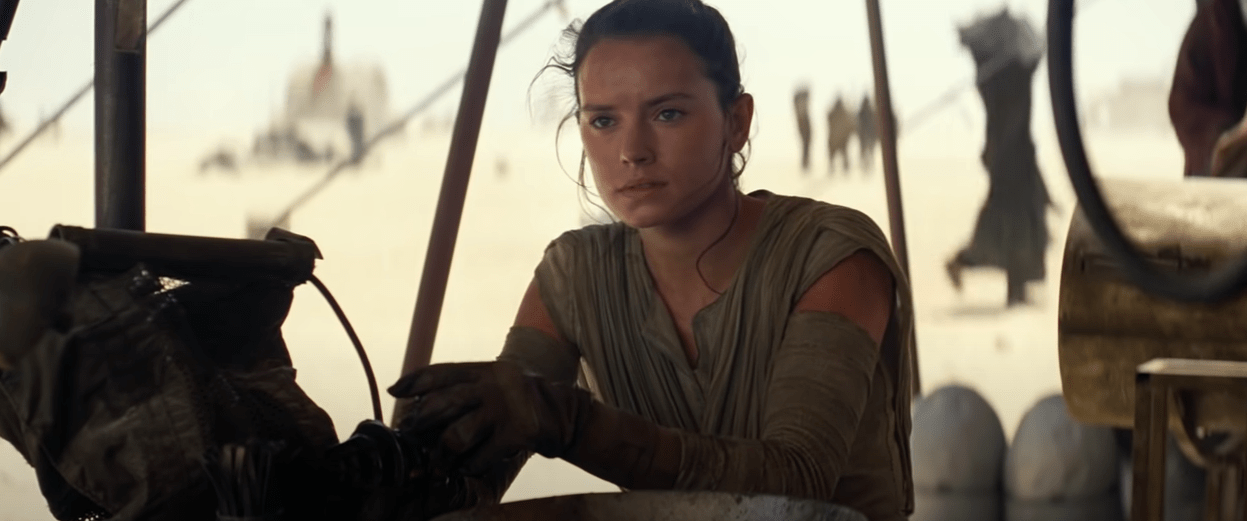
Daisy Ridley as Rey in The Force Awakens (2015), Lucasfilm
Back in 2012, The Walt Disney Company announced it was purchasing Lucasfilm from George Lucas for $4.05 billion with “Disney paying approximately half of the consideration in cash and issuing approximately 40 million shares at closing.”
The Disney-owned Lucasfilm would produce a number of films including their sequel trilogy that would initially make a huge splash at the box office, but overtime saw huge declines. The Force Awakens grossed $2.064 billion. Its sequel The Last Jedi grossed $1.331 billion while The Rise of Skywalker grossed $1.072 billion.
In between these films, Disney also released Rogue One, which grossed $1.055 billion and Solo: A Star Wars Story, which grossed $393.1 million. All combined the total box office gross is around $5.9 billion.
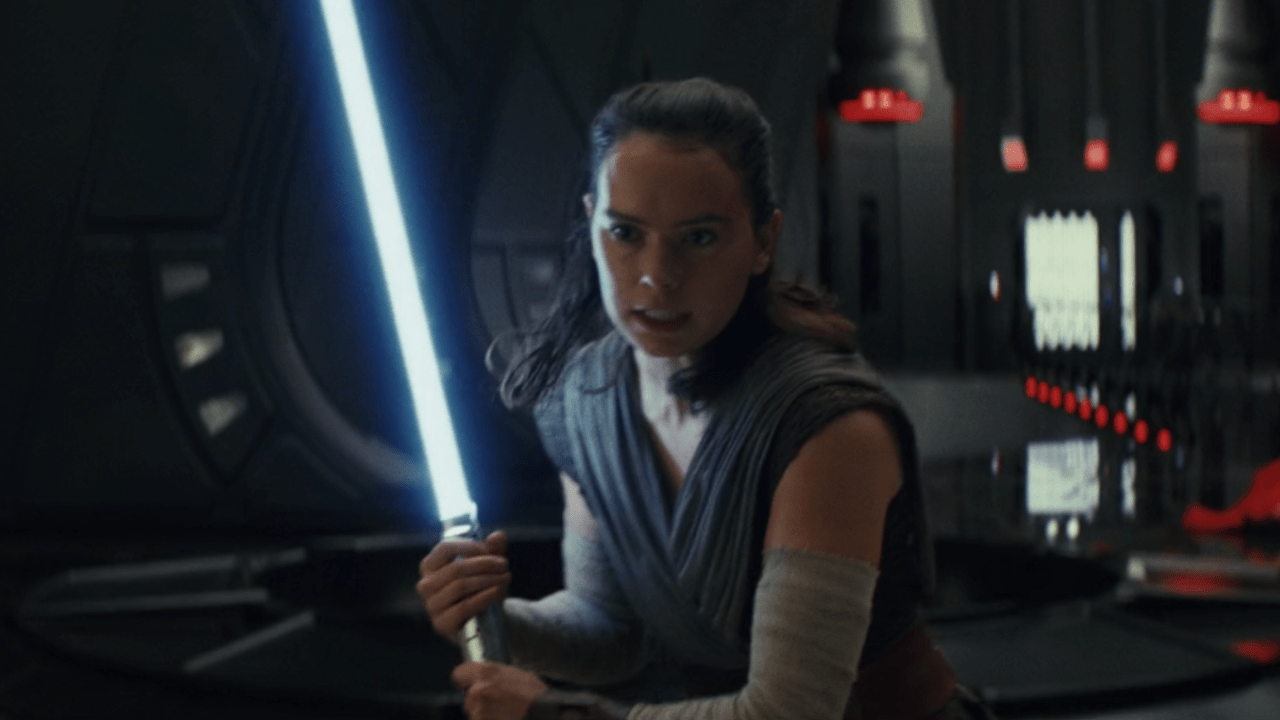
Daisy Ridley as Rey in The Last Jedi (2017), Lucasfilm
However, that box office gross does not factor in the costs that Disney incurred to make all of those films nor does it factor in marketing costs or the cut that theaters take of the box office grosses.
Caroline Reid at Forbes has not only crunched some of the numbers, but she’s also provided production budget information for these films and concludes that the films have not recovered the cost to purchase Lucasfilm.
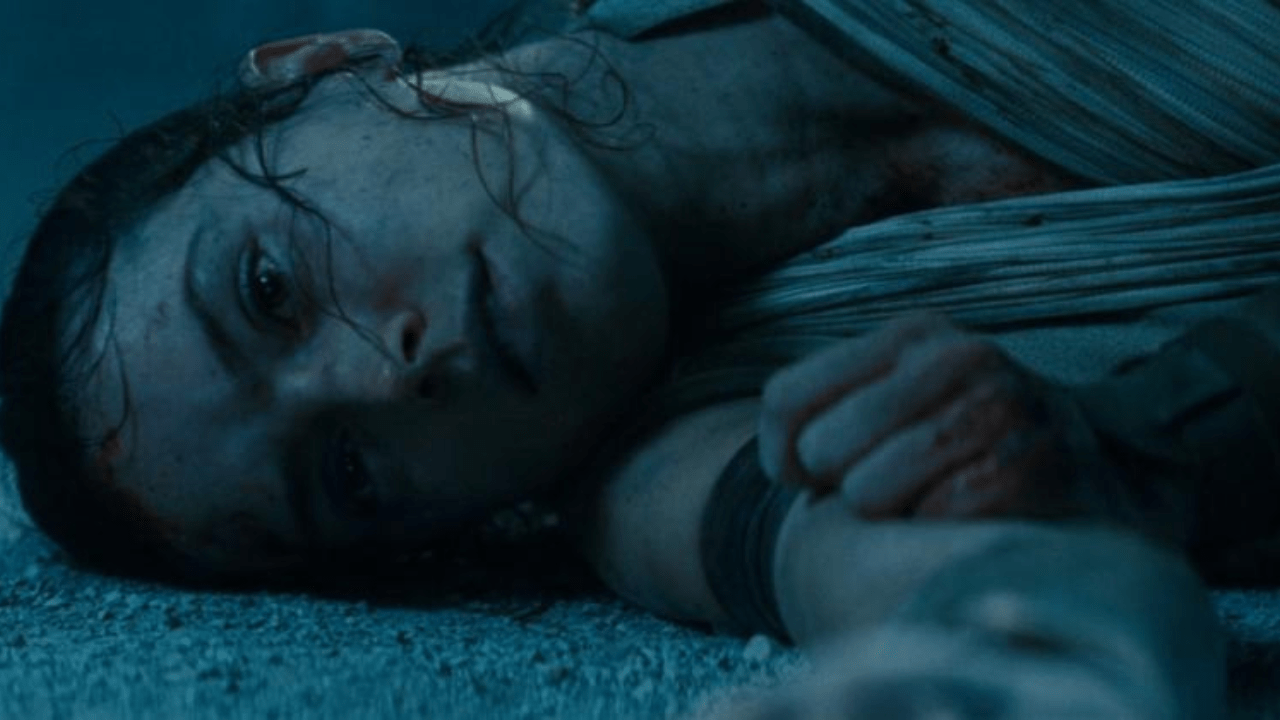
Daisy Ridley as Rey in Star Wars: The Rise of Skywalker (2019), Lucasfilm
Reid reveals that Disney spent $567.3 million on The Force Awakens. However, because they filmed in the United Kingdom the company received a significant tax return, which reduced the net cost of the film to $475.1 million.
Similarly, Reid reports the net cost for The Last Jedi was $319.5 million. The Rise of Skywalker’s cost was $448.1 million. Rogue One cost the company $247.8 million and Solo cost $287.2 million.
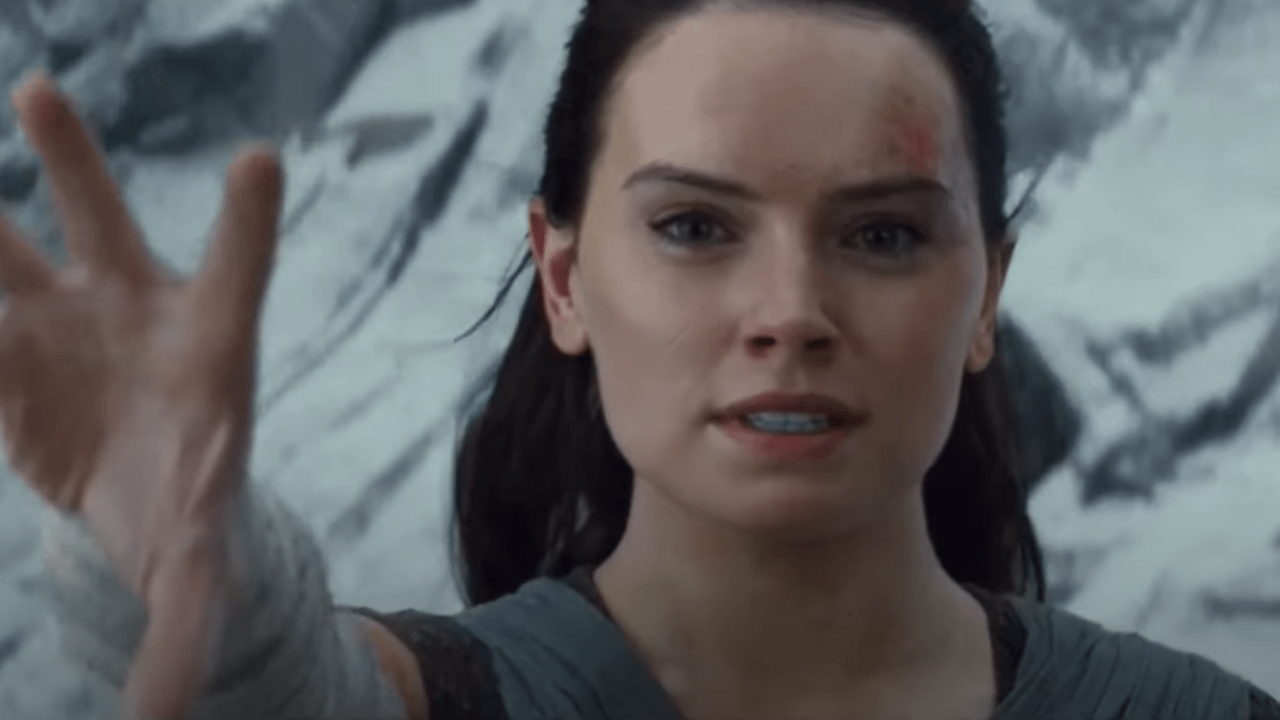
Daisy Ridley as Rey in Star Wars: The Last Jedi (2017), Lucasfilm
READ: Dave Filoni Teases His Plans For Star Wars Following Disney+’s ‘Ahsoka’ Series
Reid then comes to the conclusion that The Force Awakens had $559.6 million in profit, The Last Jedi had $346.8 million, Rogue One had $281.5 million, and The Rise of Skywalker had $89 million. Solo lost $90.7 million.
That means all combined the films only generated $1.186 billion in profit. Reid notes this is “$2.8 billion short of the purchase price of Lucasfilm.”
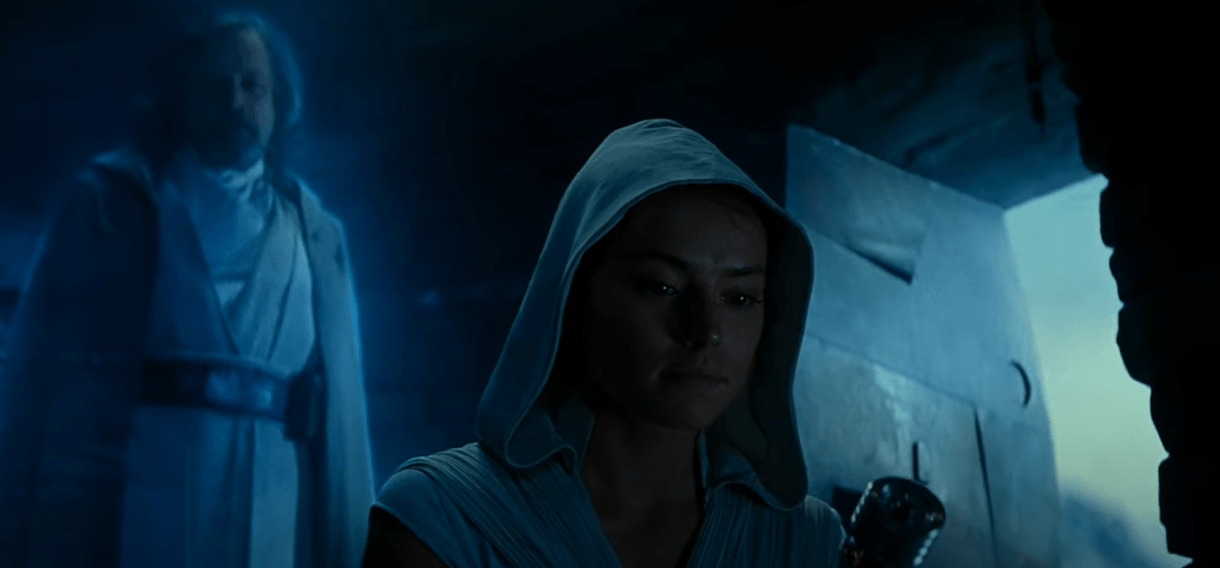
Mark Hamill as Luke Skywalker and Daisy Ridley as Rey in Star Wars: The Rise of Skywalker
However, Reid also shares that her calculations do not include “the massive marketing costs of the movies as well as the costs of the Star Wars streaming shows and theme park attractions which also don’t have revenue streams directly connected to them as visitors get access to all of the rides for the price of a single ticket.”
Furthermore, she notes that her calculations do not include the costs and revenue Disney occurs and earns on “the Star Wars merchandise, DVDs and Blu Rays.”
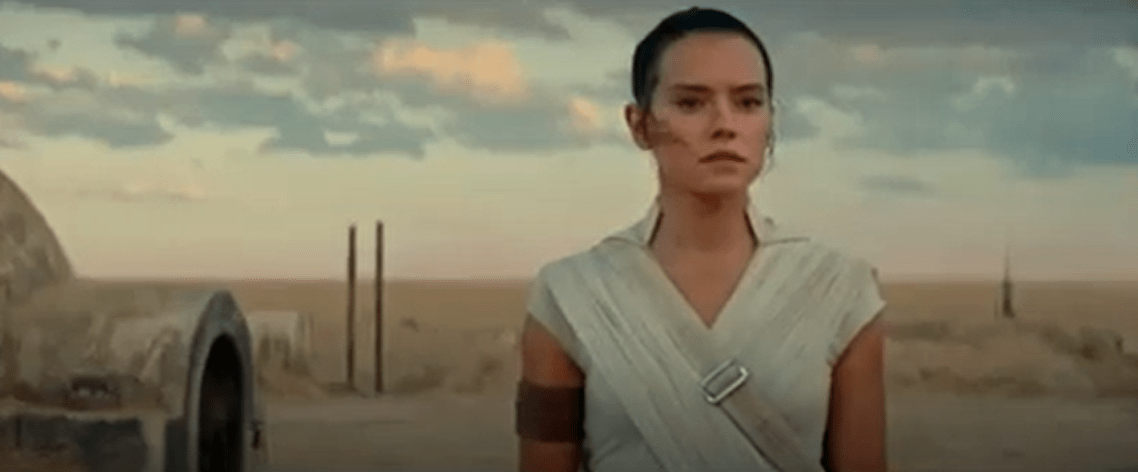
Daisy Ridley as Rey in Star Wars: The Rise of Skywalker (2019), Lucasfilm
Of note, Reid’s calculations also do not include other Lucasfilm failures such as Indiana Jones and the Dial of Destiny, which Reid claims lost Disney $134.2 million at the box office. It also does not include the Disney+ failure that is Willow. The show was cancelled after one season. Not only was it cancelled, but it was completely removed from the platform along with a number of other programs as part of a $1.8 billion impairment charge.
Disney’s former Chief Financial Officer Christine McCarthy explained the write off during one of the company’s earnings reports last year, “We are in the process of reviewing the content on our DTC services to align with the strategic changes in our approach to content curation that you’ve heard Bob discuss. As a result we will be removing certain content from our streaming platform and currently expect to take an impairment charge of approximately $1.5 to $1.8 billion. The charge, which will not be recorded in our segment results, will primarily be recognized in the third quarter as we complete our review and remove the content. And going forward we intend to produce lower volumes of content in alignment with this strategic shift.”
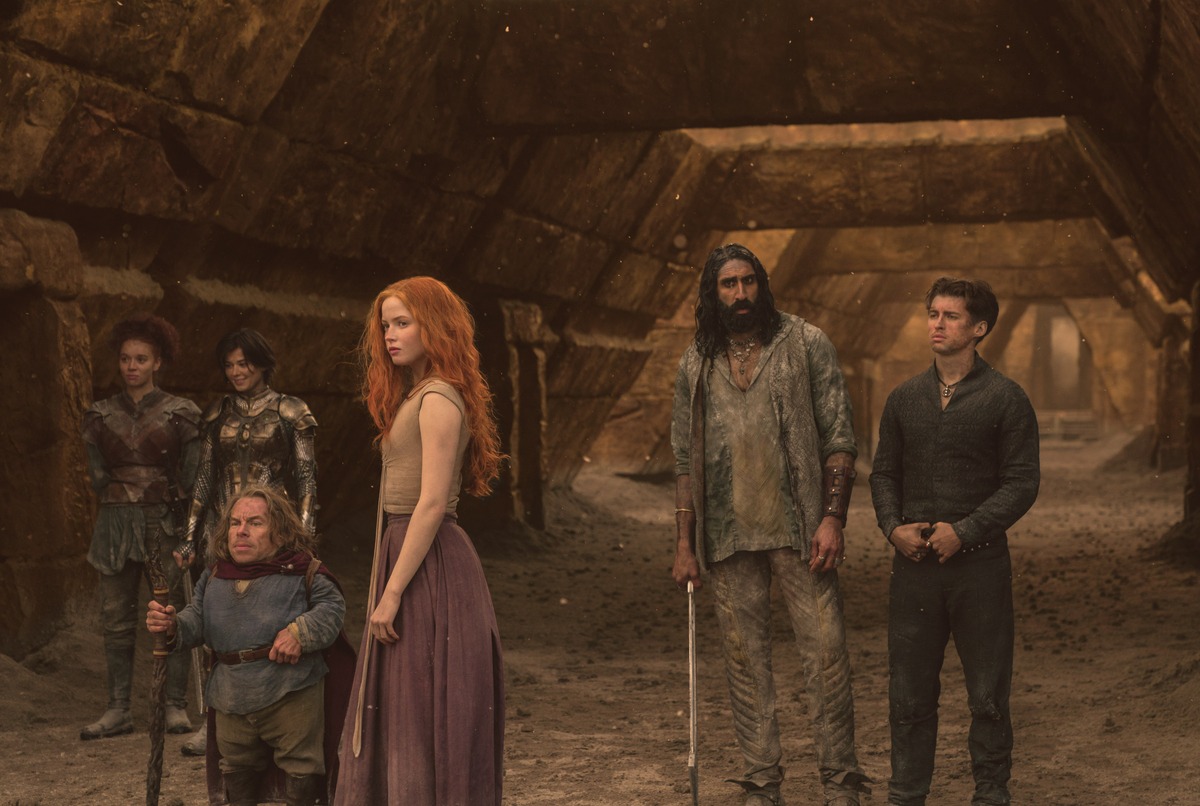
(L-R): Jade (Erin Kellyman), Kit (Ruby Cruz), Willow Ufgood (Warwick Davis), Elora (Ellie Bamber), Boorman (Amar Chadha-Patel) and Airk (Dempsey Bryk) in Lucasfilm’s WILLOW exclusively on Disney+. ©2023 Lucasfilm Ltd. & TM. All Rights Reserved.
READ: Box Office Analyst Claims The Walt Disney Company Has Lost Over $1 Billion In Just 2023
This report flies in the face of Disney’s claim that since Disney and current CEO Bob Iger purchased Lucasfilm that the five Star Wars films it has produced has generated a 2.9 times return on investment. This claim was made as part of Disney’s Plan for Shareholder Value Creation in March 2024.
The report makes a strong argument that The Walt Disney Company has not made a return on investment with the purchase of Lucasfilm yet.
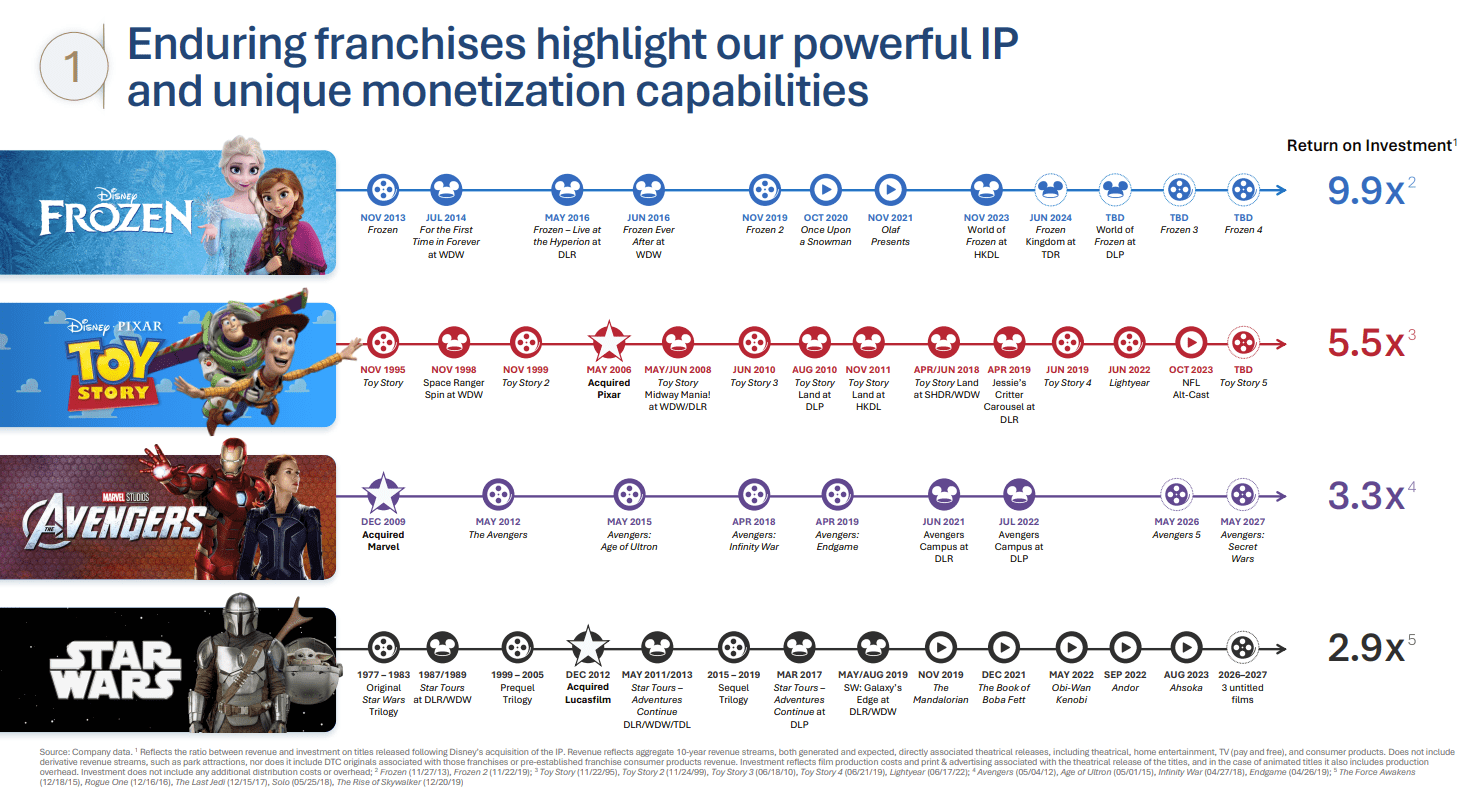
Screenshot of Disney’s Plan For Shareholder Value Creation
Financial analyst Valliant Renegade previously addressed Disney’s claim that the franchise had earned a 2.9x return on investment saying, “Disney has selectively edited their accounting. They’ve selectively edited their capex or capital expenditures. They’ve selectively edited the revenues from the Lucasfilm purchase and the subsequent Star wars products to come up with this number.”
He then went on to point out Disney’s fine print in the slide noting that it only “reflects the ratio between revenue and investment on titles released following Disney’s acquisition of the IP. Revenue reflects aggregate 10-year revenue streams, both generated and expected, directly associated theatrical releases, including theatrical, home entertainment, TV (pay and free), and consumer products.”
Valliant specifically took issue with Disney’s claim that their 2.9x return on investment is based on expected revenue. He states, “There is a great deal of assumption here, on the part of Disney.”

Bill Burr is Mayfeld in Lucasfilm’s THE MANDALORIAN, season two, exclusively on Disney+. © 2020 Lucasfilm Ltd. & ™. All Rights Reserved.
READ: Disney Allegedly Selling Off Parts of Closed Star Wars Hotel Experience
Next, he noted a number of other costs that The Walt Disney has incurred regarding Star Wars outside of theatrical releases. “It [does] not include the roughly $2.5 billion that Disney spent to build out two Galaxy’s Edge theme parks along with one failed Star Wars Galactic Star Cruiser hotel.”
“And also, according to the data, it would not include the nearly $2 billion that Disney has also spent in addition to that $2.5 billion on making 10 Disney+ shows, three seasons of The Mandalorian, three seasons of the Bad Batch, a season of Clone Wars, Obi-Wan Kenobi, The Book of Boba Fett, and how about the whopper, the $250 million Andor show. No, none of that is actually included because Disney probably can’t find enough attributable revenue towards those pieces of IP capex to justify the figures they’re giving us in this report,” he shared.

(L-R): Fennec Shand (Ming-Na Wen) and Boba Fett (Temuera Morrison) in Lucasfilm’s THE BOOK OF BOBA FETT, exclusively on Disney+. © 2022 Lucasfilm Ltd. & ™. All Rights Reserved.
What do you make of this new report?
NEXT: Giancarlo Esposito Says He Has No Plans To Return To Star Wars “Because They Haven’t Called Me”

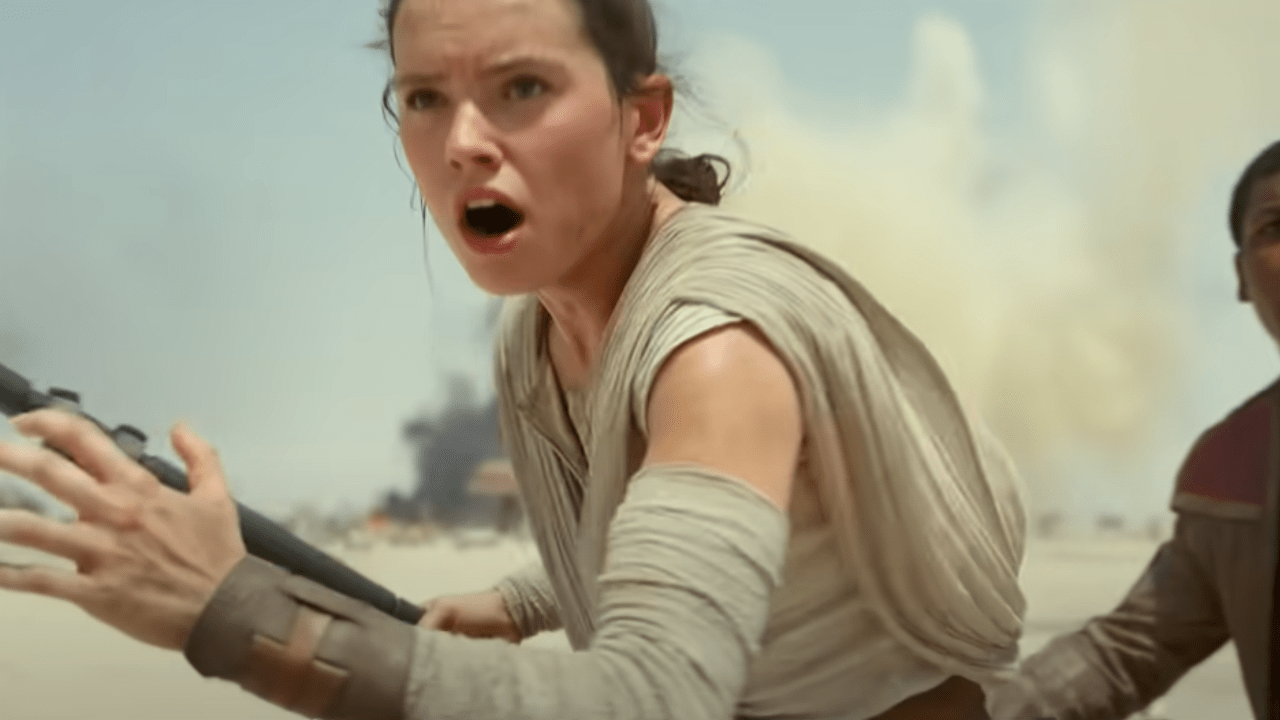







It is striking how superficial are these analysis. Better than the straight comparisons of box-office vs. costs but not by much.
Let’s say that Disney spent at least 200MM of marketing for each the 3 big SW sequels and 150MM for each of the other 2.
Since the box-office of SW is more than 50% foreign, revenue for Disney should be around 45% of box office not 50%… In sum, reduce revenue to Disney by 300MM and increase cost (marketing costs are costs…) by 900MM… only on movies you are about on par.
The original forbes article talks about “profit” of 1159 MM so accurate on such superficial assumptions..and so very misleading (in favor of Disney) . it would be interesting from VR to get the (estimated) real profit/return including everything….
..and yes the 2.9X from Disney is just a laughable made up metric